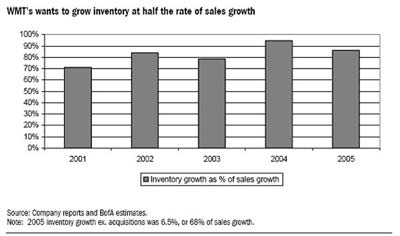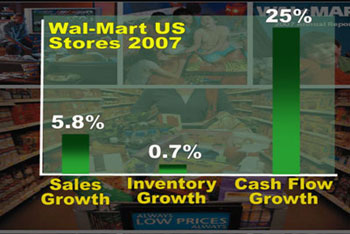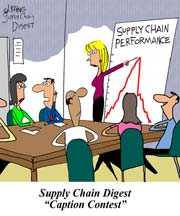 |
August 2, 2012 - Supply Chain Newsletter |
 |
This Week In SCDigest
FEATURED SPONSOR: CDC SOFTWARE |
 Learn How Tier One Automotive Achieved Customer, Supplier & Inventory Alignment For Their Global Parts Operations Center While Reducing its Inventory by 25%! |
|
|
||||||||||||||||||||||||||
New Videocast:
Achieving Powerful Results at Medtronic with SAP Enterprise Inventory Optimization

Detailed Case Study Supported by Educational Overview of Inventory Optimization Software
Featuring Tim Boos, Sr. Program/Project Manager, Medtronic, Dave Strothmann, Senior Director, SCM Business Development, SAP
On Demand Videocast:
FleetPride Enhances Customer Service and Profitability through Innovative Supply Chain Transformation

Wholesale-Distributor Implemented
A New Approach to Supply Chain Improvement that Drives Corporate Objectives Without Installing Software
Featuring Steve Fogolini, Director of Supply Chain, Fleetpride and Gaurang Pandya, Vice President, Industry Strategy, JDA
MAJOR RESEARCH PROJECT
Last Chance! Survey Closing Soon
Important Research on US
Manufacturing and Reshoring
MIT and SCDigest Need Your Help!

Participants Receive New Report from MIT's
Dr. David Simchi-Levi, Copy of Results and More
Can you please help by taking this quick 15 minute survey? All respondents will receive a summary of the data
in just a few weeks.
Feedback will return next week.
SUPPLY CHAIN TRIVIA ANSWER
Q: Match the following five well-known supply chain academics with their current universities: 1. John Langley; 2. David Simchi-Levi; 3. Doug Lambert; 4. Hau Lee; 5. Tom Speh; A. Ohio State; B. Miami University; C. MIT; D. Stanford; E. Penn State.
A: 1E, 2C, 3A, 4D, 5B.
| © SupplyChainDigest™ 2003-2012. All Rights Reserved. SupplyChainDigest PO Box 714 Springboro, Ohio 45066 |
POWERED BY: XDIMENSION |







